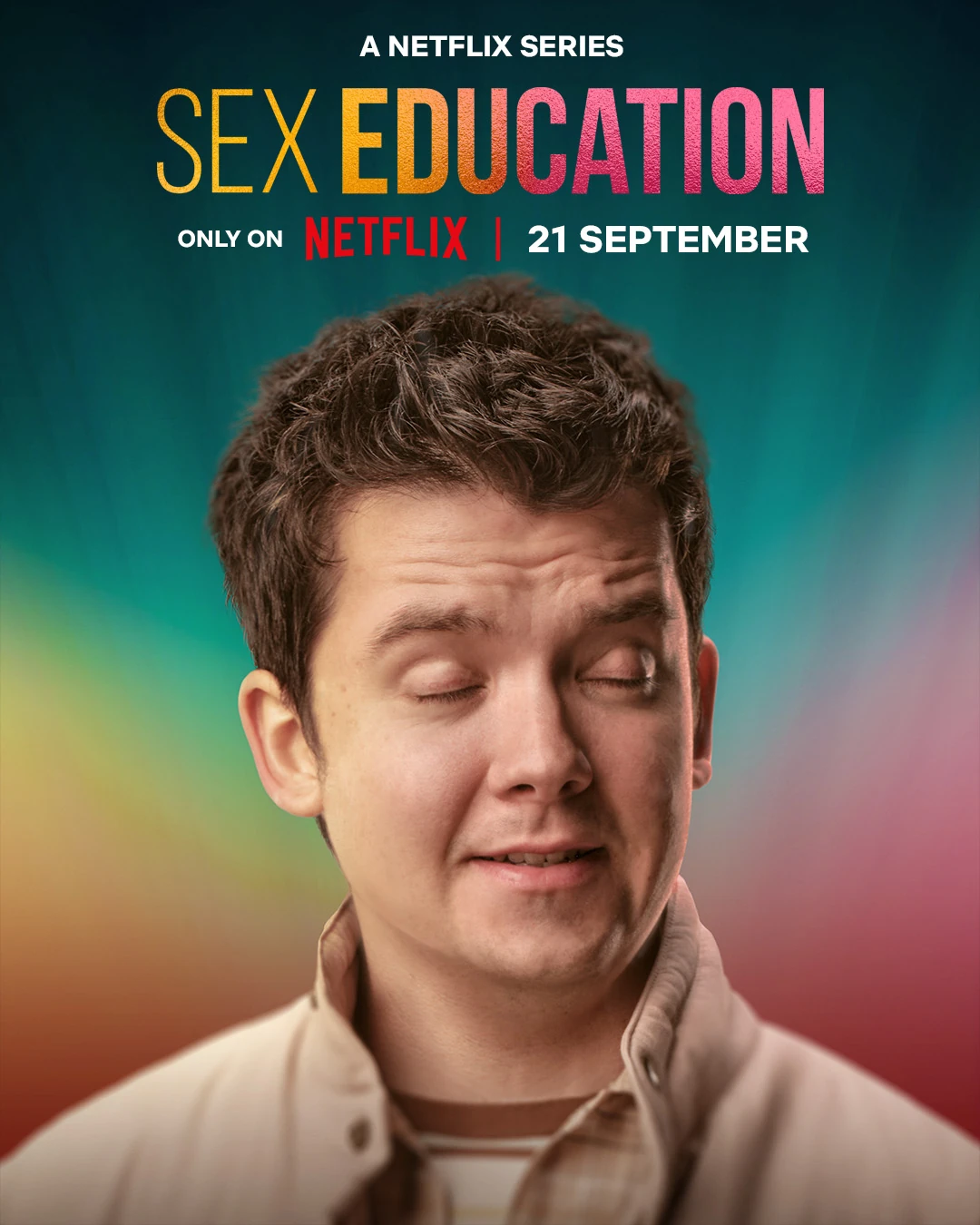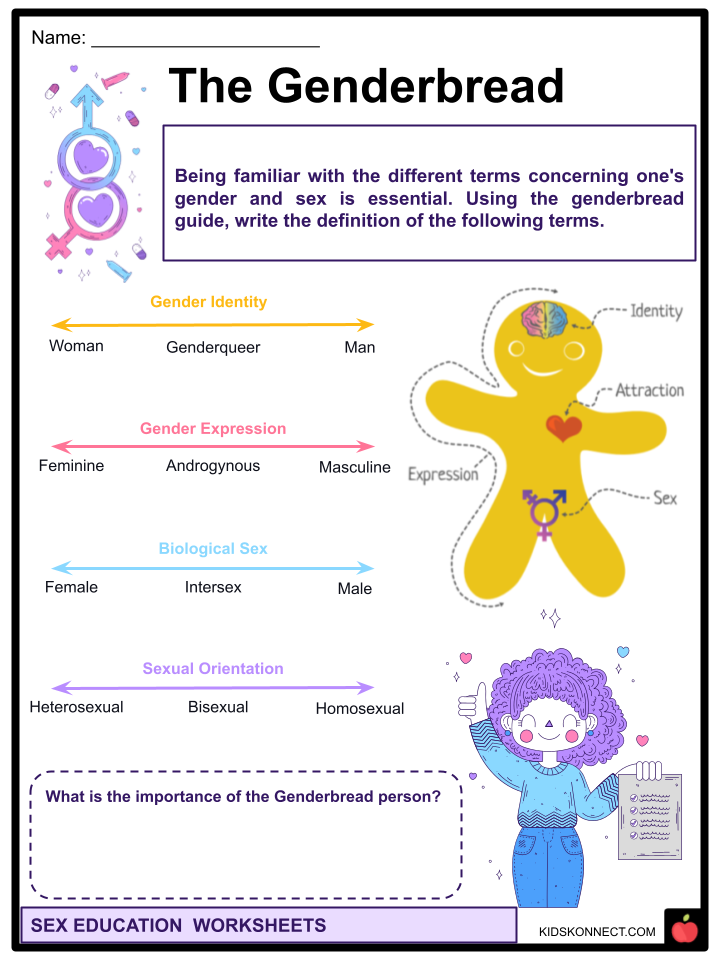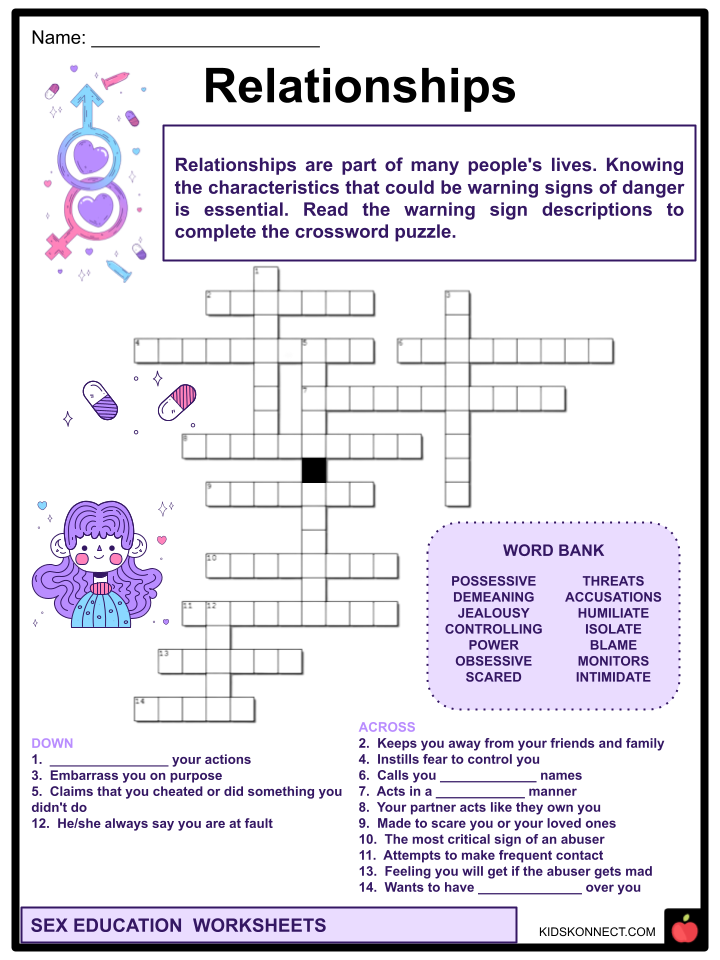Is the digital age redefining the boundaries of human experience, particularly when it comes to our understanding and engagement with the concept of sex? The proliferation of sexually explicit content online, coupled with its evolving societal implications, demands a critical examination of its impact on individuals, relationships, and the broader cultural landscape.
The digital landscape is teeming with platforms dedicated to the dissemination of adult content, ranging from established hubs like Pornhub.com, offering a vast library of hardcore free porn videos and scenes from various studios, to a constellation of smaller sites and social media channels. This accessibility has spurred a constant stream of content, frequently featuring the hottest adult stars. This abundance presents both opportunities and challenges, prompting questions about the influence of such readily available material on our perspectives, behaviors, and the evolution of societal norms around sexuality.
In this ever-expanding digital sphere, the intersection of scientific inquiry, journalistic pursuits, and public perception is also being reshaped. The task of accurately translating complex scientific information for a wide audience, particularly when dealing with sensitive subjects like sex, necessitates a nuanced approach. As James Gorman, a seasoned reporter and editor at The New York Times, has observed, scientists and journalists share the common goal of conveying information to the public in a way that is both engaging and precise. However, these two worlds also have conflicting interests, which affect how each approaches the translation of technical data.
Moreover, the constant flow of images and videos, including the emergence of leaked content like the Deekila Sherpa and Aniket viral video, highlights the ethical complexities and potential harm related to online exploitation and privacy violations. These incidents prompt consideration of the responsibility of digital platforms, the safeguarding of individuals, and the potential legal ramifications of such actions.
Furthermore, the pervasiveness of adult content online has raised questions regarding the ways we communicate about sex. From educational videos offering advice on sexual health to platforms addressing subjects such as STI prevention, discussions about sex and gender identity, and sexual abuse, the media provides a wide variety of perspectives. Sharing videos that can provide resources and guidance becomes crucial for informing individuals and communities, allowing them to openly and honestly talk about important topics that affect their lives and futures.
The following table provides a brief overview of the key individuals, platforms, and concepts mentioned, providing a starting point for further investigation and analysis:
| Category | Details |
|---|---|
| Platforms/Websites |
|
| Individuals |
|
| Related Concepts |
|
| Associated Terms |
|
| Reference | Example Reference Site (Replace with relevant link) |
The implications of this readily available content are not limited to entertainment; they extend into the legal realm. Court proceedings, such as the sex assault trial involving former junior hockey players, have relied heavily on video evidence presented in court. As proceedings in cases are increasingly affected by recordings, the potential legal, evidentiary, and societal impact of these recordings is highlighted.
The ongoing discussion about sex and its various manifestations is influenced by a complex interplay of factors. The ongoing conversation, involving the development of digital platforms, the work of journalists and researchers, and legal procedures, prompts us to reevaluate our attitudes on sexuality, privacy, ethics, and the law. This complex and ever-changing environment urges people to remain alert, informed, and proactive in their conversations and interactions.



